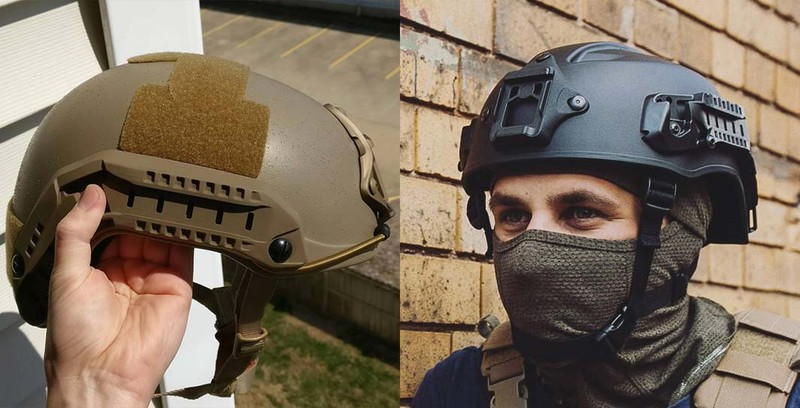Soldiers and law enforcement professionals are to protect themselves from different types of elements when carrying out their duties. The head is one of the most parts of the body and is prone to getting injured. Hence, the best way to protect the head is to wear a Ballistic Helmet.
Combat helmets
Helmets were worn during the middle ages by the ancient Romans, Greeks, Assyrians and the Sumerians. Today, the Ballistic Helmet is designed to offer additional protection against ballistic and shrapnel threats. Thus, head fatalities and injuries have reduced significantly. Since the Afghanistan and Iraq conflicts, IEDs (Improvised Explosive Devices) are being used increasingly in combat operations. TBI (Traumatic Brain Injury), specifically blast induced TBI that is not accompanied with external body injuries are becoming common.
Design & functions
The kind of response provided by the personal protective equipment such as combat helmet is still unknown. This has compelled the need to develop advanced head protection systems that comes with blast mitigation / protection capabilities besides ballistic protection. The modern Ballistic Helmet can be stated to be a single system that is fitted with various useful accessories. It can be termed to be a lightweight, but solid headgear that integrates effectively different mechanisms. It can protect the head from blasts, ballistics, noise and heat. They come with night vision devices, sensors including laser range finders to make combat easy and quick. Several manufacturers have managed to come up with the latest headgear that assures enhanced protection to the wearer’s head.
Ballistic energy absorption mechanism
The Ballistic Helmet is designed to offer enhanced protection to the head from exterior threats. The material’s ballistic performance is measured by using ballistic limit. The latter is termed as projectile velocity by which the projectile penetrates the helmet fifty percent of the time. Moreover, a cone tends to form on the helmet’s back face as it is struck by a bullet.
Conclusion
The Ballistic Helmet varies in energy absorption mechanism, performance measures, design and materials used. Doing some research on the web can help throw light on the subject. The curvature is found to have significant effect upon the helmet’s ballistic limit like that of a laminated composite shell. Using the latest 3D scanning techniques, it has become possible to open up new avenues exclusively for helmet and head sizing. Also, can be used Computer Aided Design (CAD) with 3D laser scanning to derive accurate information concerning size variations.

